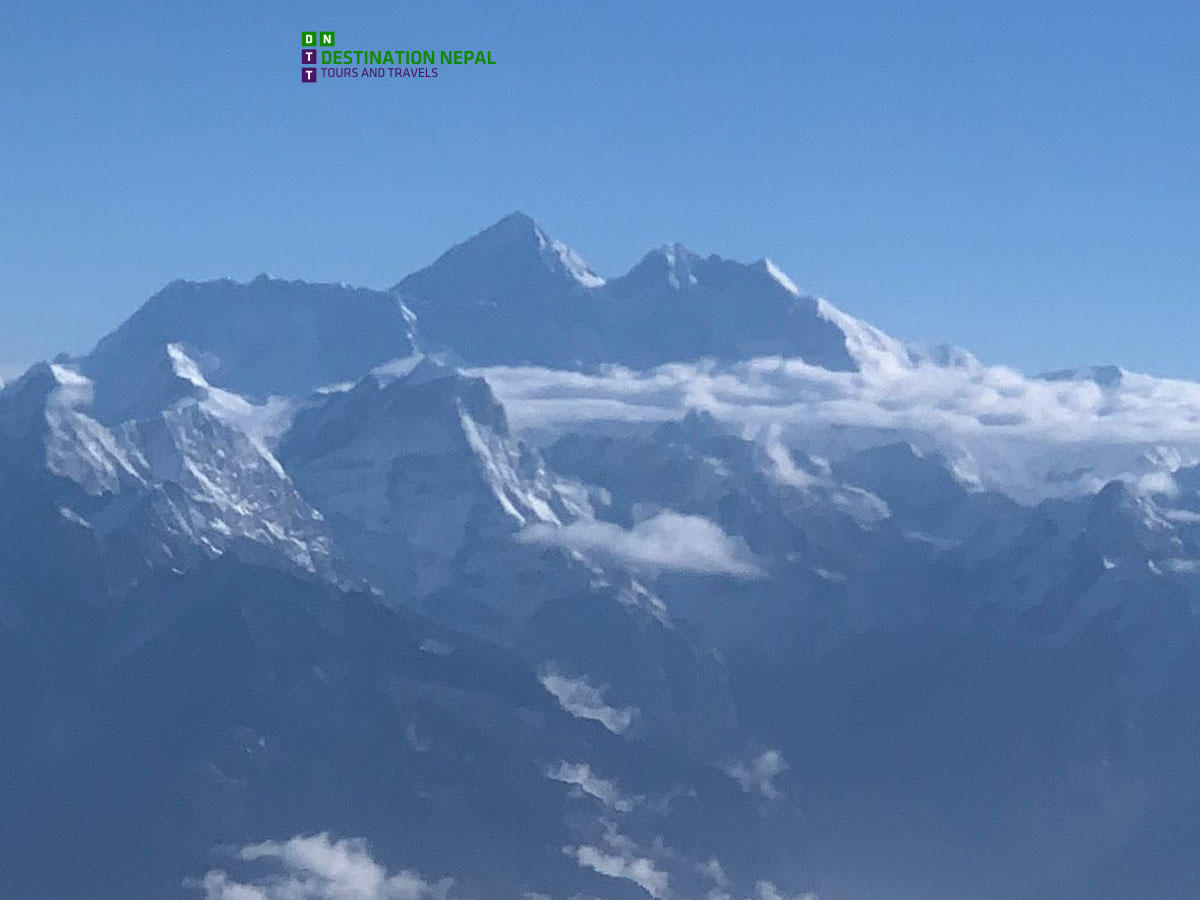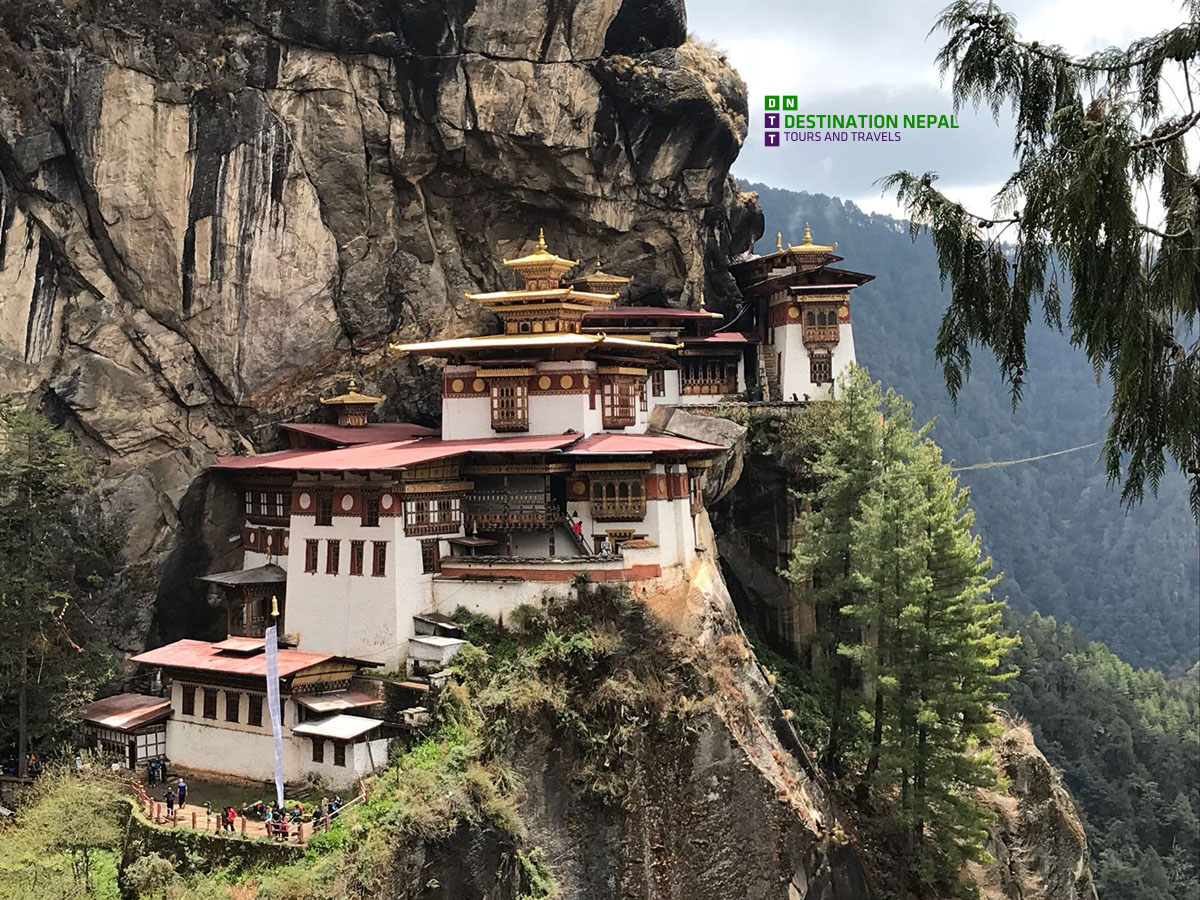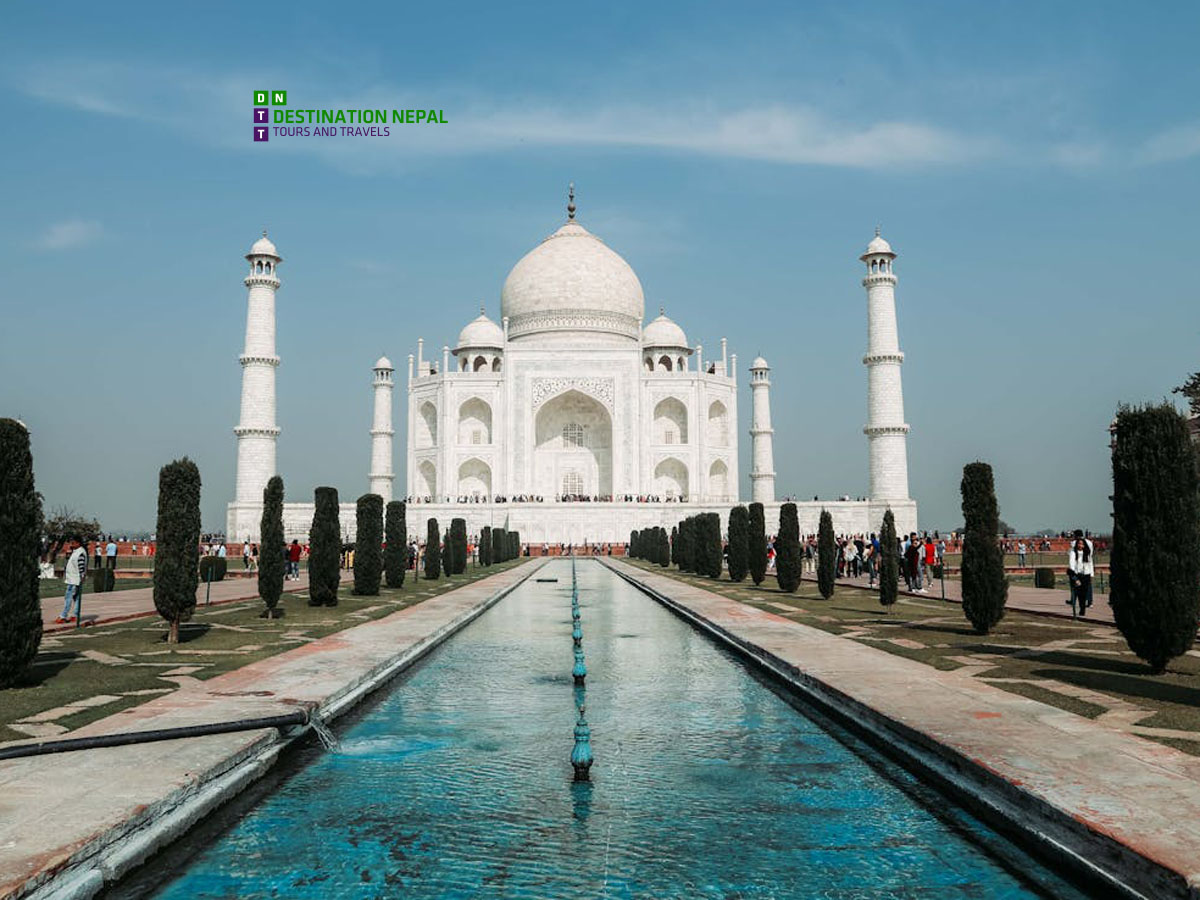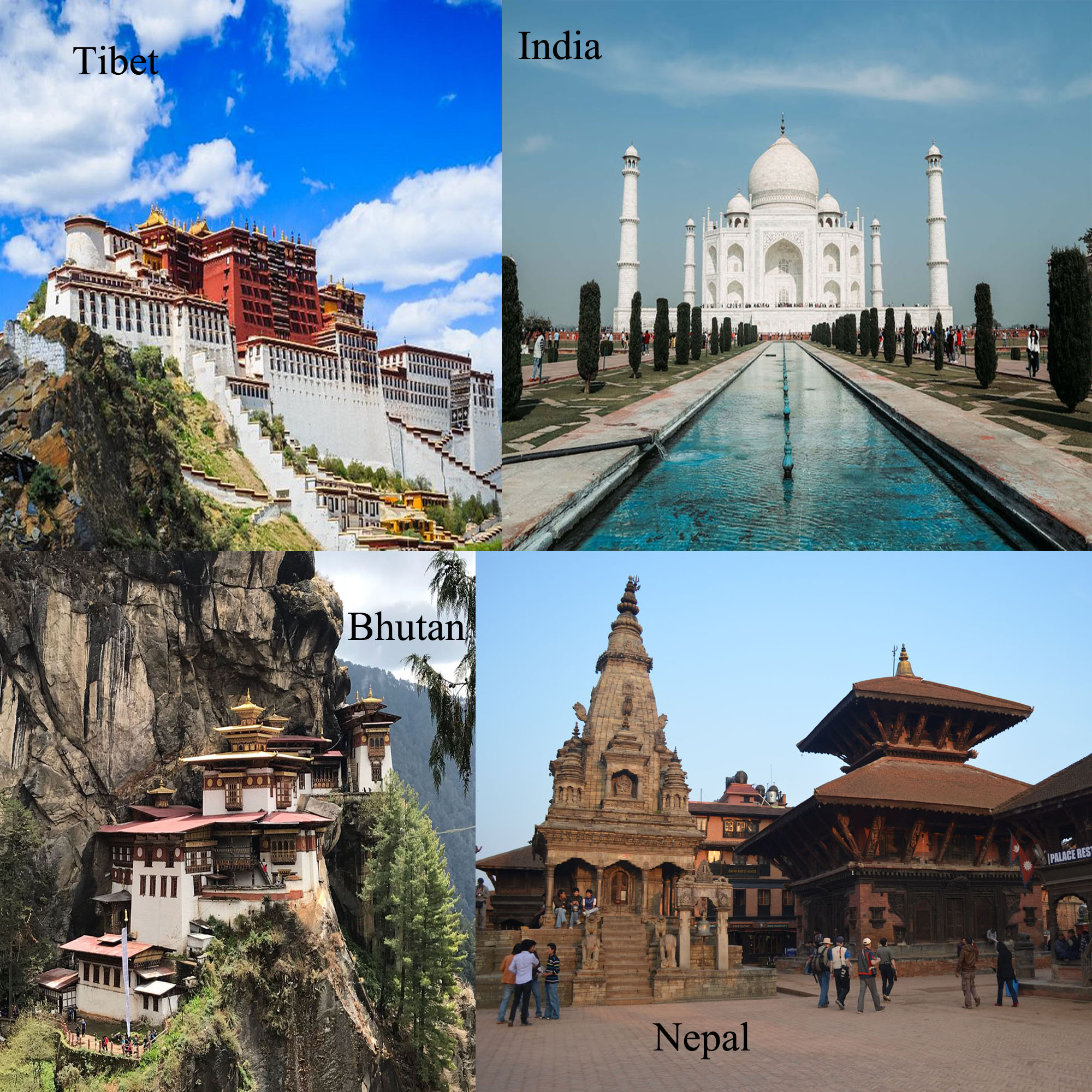Religion & Festivals in Nepal
Religion
In Nepal, Hinduism and Buddhism are the two main religions. The two have co-existed down the ages and many Hindu temples share the same complex as, Buddhist shrines. Hindu and Buddhist worshipper may regard the same god with different names while performing religious rites.
Nepal has been declared as a secular country by the Parliament on May 18, 2006. Religions like Hindusim Buddhism, Islam, Christianity, and Bon are practiced here. Some of the earliest inhabitants like the Kirats practice their own kind of religion based on ancestor worship and the Tharus practice animism. Over the years, Hinduism and Buddhism have been influenced by these practices which have been modified to form a synthesis of newer beliefs.
For centuries the Nepal remained divided into many principalities. Kirats ruled in the east, the Newars in the Kathmandu Valley, while Gurungs and Magars occupied the mid-west. The Kirats ruled from 300 BC and during their reign, emperor Ashoka arrived from India to build a pillar at Lumbini in memory of Lord Buddha. The Kirats were followed by the Lichchhavis whose descendants today are believed to be the Newars of the Kathmandu Valley. During this period, art thrived in Nepal and many of the beautiful woodcarvings and sculptures that are found in the country belong to this era.With the end of the Lichchhavi dynasty, Malla kings came to power in 1200 AD and they also contributed tremendously to Nepal’s art and culture. However, after almost 600 years of rule, the kings were not united among themselves and during the late 18th century, Prithvi Narayan Shah, King of Gorkha, conquered Kathmandu and united Nepal into one kingdom. Recognizing the threat of the British Raj in India, he dismissed European missionaries from the country and for more than a century, Nepal remained in isolation, during the mid-19th century Jung Bahadur Rana became Nepal’s first prime minister to wield absolute power. He set up an oligarchy and the Shah Kings remained figureheads. The Ranas were overthrown in a democracy movement of the early 1950s.
Festival in Nepal
Nepal is a land of Festivals. For the Nepalese, festivals are not merely the annual spectacles, but also are a living part of their rich cultural heritage. Festivals effectively bind together the Nepalese people of diverse cultural backgrounds and beliefs into one nation. There are more than 50 major festivals in a year celebrated by Nepalese. Although most of these festivals are religious some have historical significance, while others are seasonal celebrations. Most Nepalese festivals are related to different Hindu and Buddhist gods and goddesses and they are celebrated on such days consecrated for them by religion and tradition. There are also some festivals which are observed in honor of personal relatives such as festival of Matatirtha (for mothers), Gokarna Ausi (for fathers), Gaijatra (for the ones who are passed away). Some festivals are of national significance such as Dashain, a celebration of Goddess
Bhagabati’s victory over evil Mahisashur and Tihar, a celebration of lights dedicated to Goddess Lakshmi, and some are confined to the Katmandu Valley, while still others are celebrated only within one or two villages or cities. The dates of most festivals are fixed by famous astrologers after consulting the lunar calendar in Nepal. Below is the list of most popular festival in Nepal:





